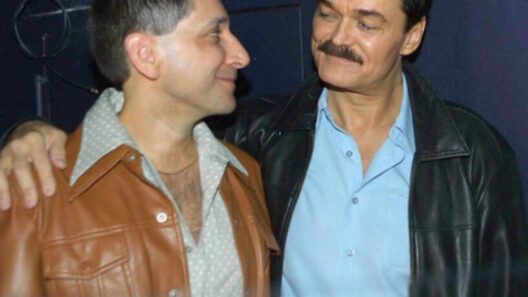The memory of Leanne Knight Goggins, the first wife of acclaimed actor Walton Goggins, continues to resonate years after her passing. While her life was marked by both personal joys and profound struggles, her story is often revisited, particularly in discussions surrounding mental health and the impact of loss. This article delves into her life, the circumstances of her death, and the enduring legacy she left behind, often symbolized by the poignant images that serve as her obituary picture.
Leanne Knight Goggins: Early Life and Background
Born on March 19, 1967, in Fredericton, New Brunswick, Canada, Leanne Knight Goggins was a woman whose early life details are not widely publicized. She was the daughter of Peggy and Robert Brian “Bob” Knight. Her parents later divorced, and her mother, Peggy, subsequently married Arnold Kaun. Leanne also had a brother named Jay. Before her marriage to Walton Goggins, she was known to have operated a dog-walking business in the Laurel Canyon area of Los Angeles, a detail that offers a glimpse into her everyday life and passions.
A Union with Walton Goggins: A Brief History
Leanne Knight married actor Walton Goggins in 2001. Their union, however, was relatively brief, lasting approximately three years. Reports indicate that during their marriage, Leanne found it challenging to adapt to the demands of Hollywood life and her husband’s busy career schedule. This growing disenchantment reportedly led her to file for divorce not long before her untimely death. The complexities of their relationship and the pressures of the entertainment industry are often cited as contributing factors to the difficulties she experienced.
The Tragic Passing of Leanne Knight Goggins
On November 12, 2004, Leanne Knight Goggins tragically passed away at the age of 37. Her death was ruled a suicide, occurring after she jumped from the 17th floor of a high-rise building in Los Angeles. It was later revealed that she had been struggling with chronic depression, a condition that profoundly impacted her well-being. Her passing left a deep void in the lives of her family and friends, and particularly affected Walton Goggins, who described the experience as deeply unrecoverable.
The Enduring Impact and Walton Goggins’ Healing Journey
Leanne’s death had a profound and lasting impact on Walton Goggins. In the aftermath of her passing, he embarked on an extensive journey through Asia, visiting countries such as Thailand, Vietnam, Cambodia, and India. This period of travel was a personal quest for peace and resolution, a way to cope with the immense pain and loss he experienced. He later reflected on this time, noting that he was as lost as his character Rick Hatchett in The White Lotus, a role that brought him back to Thailand two decades later. This return to familiar places evoked a powerful sense of symmetry, allowing him to reflect on his journey from profound grief to finding peace and building a new family.
Remembering Leanne: The Obituary Picture
While the circumstances of Leanne Knight Goggins’ death are tragic, her obituary picture serves as a visual reminder of her life. These images, often shared in memorial contexts, capture a moment in time, allowing those who knew her, and even those who didn’t, to connect with her memory. They represent not just an individual, but also the broader conversation around mental health awareness and the devastating impact of depression.
The pictures associated with her obituary are more than just photographs; they are a testament to a life lived, however short, and a prompt for reflection on the importance of support and understanding for those struggling with mental illness. In remembering Leanne, we are reminded of the fragility of life and the enduring power of human connection.
Conclusion
Leanne Knight Goggins’ story is one of both personal challenge and a lasting impact on those around her. Through the candid reflections of her former husband, Walton Goggins, her memory has been brought into the public discourse, contributing to a greater understanding of grief and mental health. Her obituary picture, though a simple image, encapsulates a life that, while marked by sorrow, continues to evoke empathy and encourage dialogue.








